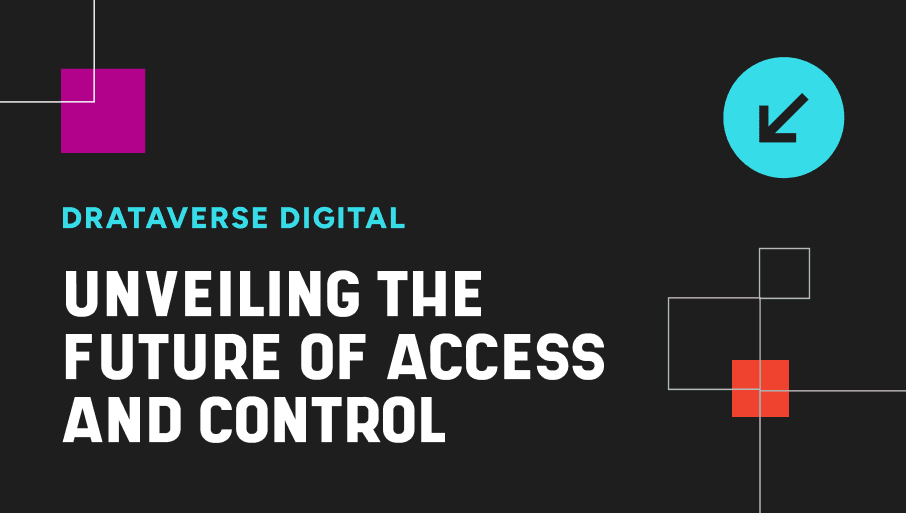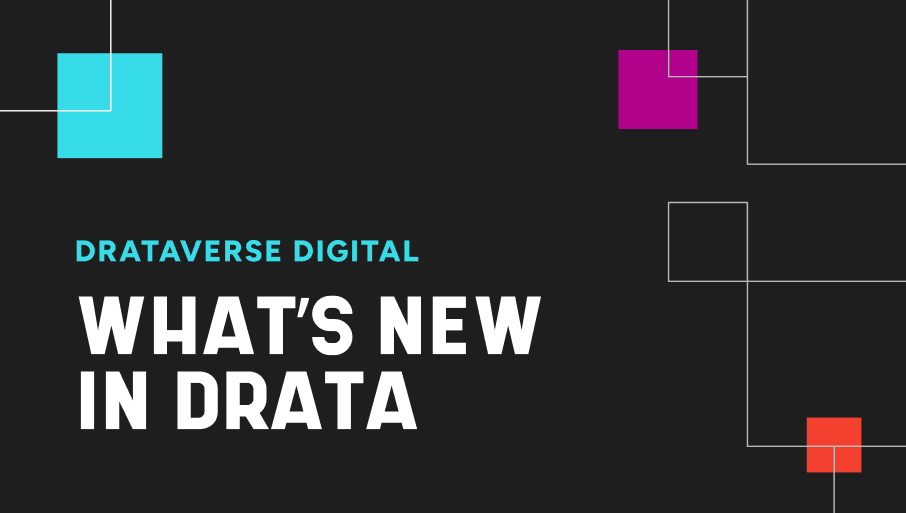Drata Launches Control Readiness Approval
We've launched Control Readiness Approval enhancements to provide you with greater flexibility and control when managing and determining a control's readiness status in Drata. Keep reading to learn more.
In the ever-evolving world of Governance, Risk, and Compliance (GRC), adapting to change is not just an option but a necessity. The concept of control readiness has emerged as a cornerstone for organizations seeking to maintain robust compliance postures.
Yet as regulatory demands evolve and the complexity of risk management increases, the importance of streamlined, effective control management has never been more critical. That’s why Drata has introduced a pivotal new update to its platform: Control Readiness Approval.
The Essentiality of Control Readiness
Control readiness is integral to GRC strategies, particularly as organizations face the twin challenges of growing regulatory demands and the need for operational efficiency.
Traditional control management methods, often disjointed and manual, can lead to inefficiencies and inaccuracies. Drata's Control Readiness Approval feature aims to address these challenges by providing an integrated, automated solution.
Highlighting Drata's Control Readiness Approval capability:
Internal Review and Approval Process: The feature allows you to set up an internal review on each control before marking it as ready. This process is tailored to simplify what is normally a cumbersome process.
Centralized Workflow: By integrating control readiness within the Drata platform, the need for external tools and repetitive processes is significantly reduced, streamlining the workflow.
Operational Efficiency: Control approvers and control owners can easily and efficiently manage their reviews and approvals, using tools they already use to collaborate.
Accurate Compliance Monitoring: The inclusion of internal approvals within the platform offers a more accurate and compliant control management process.
Control Readiness Approval can be used in two distinct approaches for functionality and flexibility:
Controls do not require an internal review and will follow Drata's existing pattern.
Controls that do require an internal review can set up a “Required approval” with one or multiple approvers before considered ready.
This dual pathway ensures comprehensive vetting of controls, meeting any specific organizational requirements.
Beyond the Basics
The introduction of Control Readiness Approval is not just an upgrade to its platform but a significant step forward in GRC. It underscores the importance of control readiness in today's complex compliance environment, improves collaboration, and demonstrates Drata's dedication to simplifying and enhancing the compliance processes of organizations.
As the GRC landscape continues to transform, tools like the Control Readiness Approval feature will be crucial in helping organizations stay ahead of compliance challenges and maintain operational excellence.
To learn more and watch it in action, start with our demonstration below, and then schedule a custom demo for your team.






